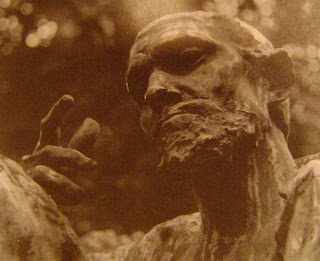
I'm just not clever enough to tie in Memorial Day with some work with war imagery.
Even though I've lived in Washington state for a total of almost 13 years, I feel as though I barely know the names of the leading artists here, many of whom are still alive and painting. While thumbing through a book on NW painters I came across George Johanson. Apparently, when his left Seattle he was only 17. He came to the Portland Museum Art School from Seattle in 1946 on an art scholarship awarded by Scholastic Magazine. Aside from trips to Paris, Mexico and time spent studying in New York, he never really left, teaching for 25 years at the Museum Art School and developing a career in painting and printmaking.
I've never really gotten too excited about Surrealism, so when I read that he felt drawn to it, I thought, hmmmm, oh well. But look at this above- isn't it colorful and interesting? (The seam down the middle is from the book's spine.) I really like the strong use of negative space, the bent perspective, the repeated curves, unexpected colors. What do you think?
Here are two more and they seem to be coming more from an abstract expressionist interest, don't they? This is Western Exposure:
 Trying to identify just what it is that I like about these. Maybe the combination of very small and very large, strong simple shapes, maybe the foreground figures that are just suggested.
Trying to identify just what it is that I like about these. Maybe the combination of very small and very large, strong simple shapes, maybe the foreground figures that are just suggested.This is Mirror Window. Below it is one that's from a gallery exhibition this year, called Nude with Mirror. (Here's a link to the Mark Woolley Gallery in Portland, as well.) What do you think?


















.jpg)













